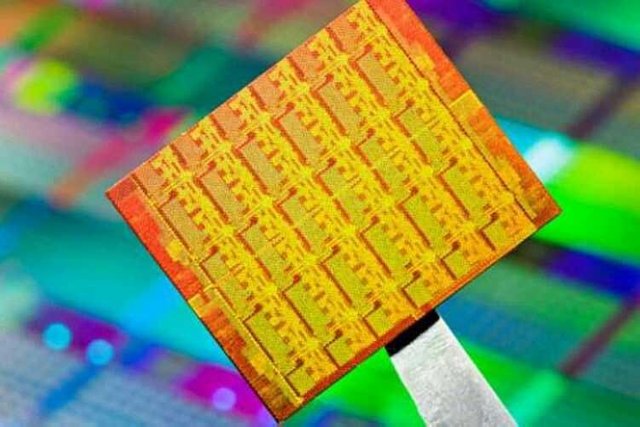Samsung makes Miner Bitcoin Chip

- The digital world is being hit by a virtual currency fever (cryptocurrency) of bitcoin and ethereum. Samsung is now actively making special chips to "mine" (mining) cyrptocurrency.
South Korean electronics giant is also one of the world's largest chip manufacturer is reportedly supplying hardware to a number of clients, including Bitmain in China.
"Samsung's business foundry is now involved in chip manufacturing to mine cyptocurrency. However, we can not explain more about our customers, "said a Samsung spokesperson.
The foundry business in Samsung's semiconductor division is engaged in the manufacture of chipsets for other companies (contract manufacturing).
The type of chip made by Samsung for mining cyrptocurrency is not the CPU or GPU (graphics processor) as it normally is in computers or gadgets, but ASIC alias application-specific integrated circuit.
- Different from the main processor created to handle various processes, ASIC is specifically designed to handle only one task very efficiently, in this case the cryptocurrency mining.
Therefore, as summarized by KompasTekno from The Verge, Friday (2/2/2018), the demand for ASIC chip for mining is now rising along with the increasing popularity of cryptocurrency.
The mining process itself uses the computing resources of cryptocurrency users collectively to process transactions that occur within the network. For bitcoin, mining will generate rewards in the form of new bitcoin pieces.
The longer the mining process gets heavier and demands higher computing power as well. In addition to ASIC, another popular type of chip used for mining is the GPU on computer graphics cards.
Taiwanese chip manufacturer, TSMC previously rumored to get an additional income between 350 million to 400 million US dollars per quarter, from making ASIC chips for mining cryptocurrency.
Not yet clear how the additional revenue obtained by Samsung to jump into the business. Samsung's overall chip business is known to generate revenues of up to 69 billion dollars per year.